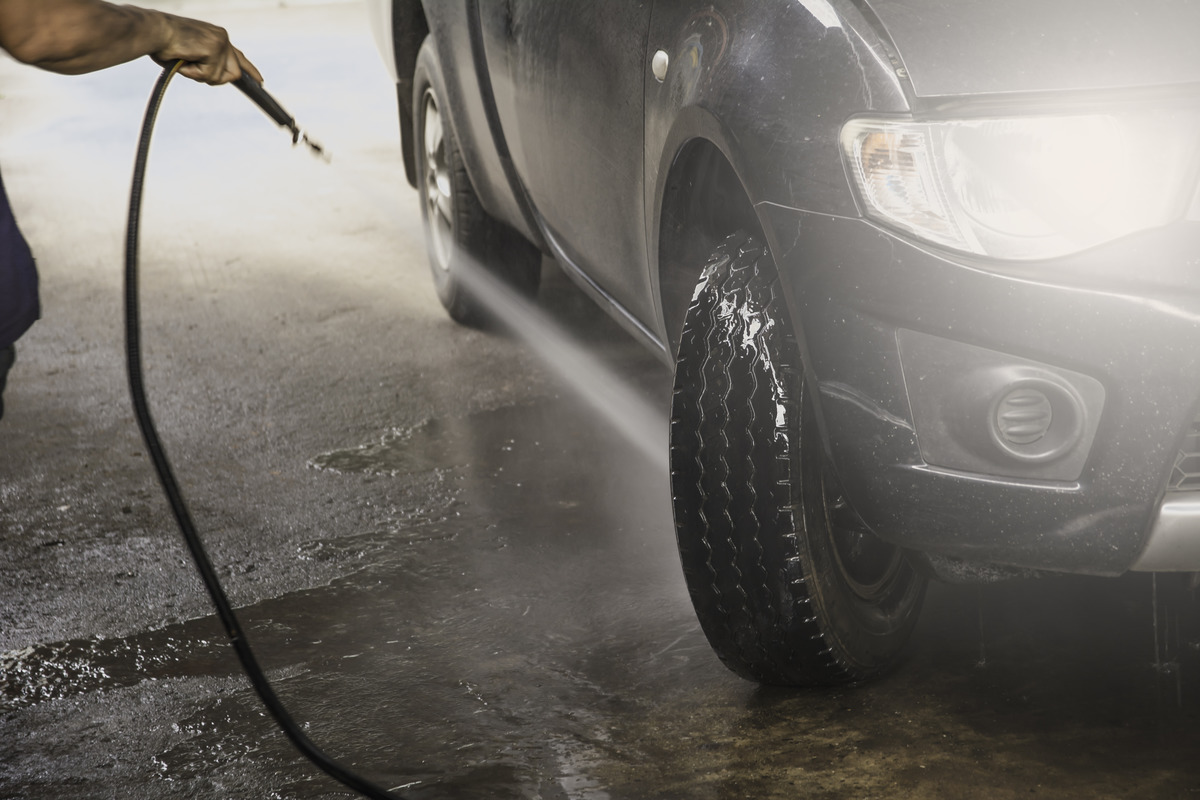
California has a water problem. That’s not exactly news. Virtually the entire Golden State is now suffering from “severe drought” conditions, with precipitation in many areas now as much as 80 percent below seasonal averages. According to climatologists, this may not be a short-term event, but a “new normal” that could last as long as 200 years.
With freshwater supplies dwindling while California’s population continues to grow, everyone here is being asked to cut down on water consumption. For homeowners, this means replacing thirsty grass lawns with drought-tolerant native plants, sweeping driveways instead of hosing off dirt, and filling in swimming pools.
But what about apartment renters? We don’t have lawns to water, driveways to clean, or private pools to bulldoze. How can we contribute to water conservation in ways that really make a difference?
Even if you live in a basic studio or one-bedroom apartment, there’s plenty you can do to significantly reduce your water consumption. Most of these water-saving tips are easy to do. They don’t require a whole lot of personal sacrifice. In fact, many of these steps will actually end up saving you money!
Here are 11 easy ways for California apartment renters to save water:
In the Bathroom
1. Report leaks or running toilets immediately. If you have leaking faucets or toilets that run, report them immediately to your landlord or building supervisor. Water that just goes down the drain is water, well, down the drain.
2. Don’t toss solids into the toilet. A toilet isn’t a trash can, so don’t use it as one. If you habitually toss things like cigarette butts, used tissues, or other solid waste into the toilet, you’re wasting up to seven gallons of water with each flush. We’re in a drought. Invest in a wastebasket.
3. If it’s yellow, let it mellow. And if it’s brown, flush it down. If leaving yellow water standing upsets your delicate sensibilities, just lower the toilet seat. Out of sight, out of mind.
4. Get a low-flow showerhead. Many apartment complexes already install water-saving devices on showerheads and faucets, so check with your landlord before taking this step. If your apartment does not already provide one, a low-flow showerhead that restricts water flow is an easy way to save water.
5. Adjust your toilet flush volume. Again, it’s best to check with your building maintenance or landlord before taking this step. The average toilet uses five to seven gallons of water for each flush. But you often don’t need that much water for an effective flush. Most toilet fill valves can be adjusted to the desired water level for lower flush volume.
6. Get a shower timer. The occasional long, hot shower can be great physical therapy, but you shouldn’t consider your shower a spa. Did you know a four-minute shower uses approximately 10 gallons of water? Investing in a simple shower timer to help you stay conscious of the time can easily cut your water consumption here in half. These digital timers can be calibrated to the flow of your showerhead and also display the amount of water used.
7. Turn off the water when brushing your teeth. Unless you’re warming up the water for subsequent face-washing, there’s no need to run water you’re not using.
In the Kitchen
8. Only run the dishwasher when it’s completely full. If one section fills up before another, stack the overflow in your sink.
9. Re-use drinking glasses. If you’re using a glass for drinking water, use one glass over the course of a single day instead of putting it in the dishwasher after a single-use. Unlike a glass used for milk or juice, one used for water isn’t going to attract bacteria.
10. Re-use cooking water. Save the water you use to boil or steam pasta. After the water cools, use it to water your indoor plants.
11. Don’t thaw frozen food under running water. Defrost food in the refrigerator instead. Yes, this requires you to think ahead. But planning ahead is what’s going to save us in the long run.
Got some water-saving tips of your own? Share them below.
Looking for a great rental in Orange County, San Diego County, or Silicon Valley?







